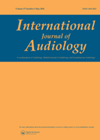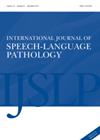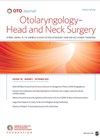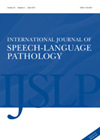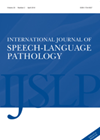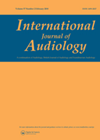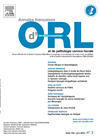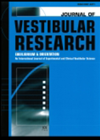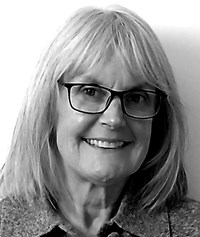
Journal Reviews
Audiologists’ perspectives on their ability to address hearing, social and emotional adult patient needs
Authors suggest there is little evidence that hearing technology addresses patients’ emotional concerns related to their lived experience of hearing and communication difficulty. The study explores the notion of audiologic counselling and discusses the role of audiologists in supporting the...
Sing it, say it, sort it: singing for Parkinson’s disease
Parkinson’s disease (PD) occurs in 1% of the population aged over 60. Changes in voice and speech are among the earliest and most prevalent symptoms of PD; reduced vocal intensity, monopitch, monoloudness, breathy and hoarse voice quality, imprecise articulation, vocal...
Doing it for yourself: self-management in speech and language therapy
People with stroke aphasia are traditionally discharged from speech and language therapy when they have plateaued; meaning they are making no further progress in language recovery. This service model has been problematic, leading to people being discharged when they are...
Cochlear implantation following radiotherapy treatment of vestibular schwannomas
The authors presented a case report and systematic review assessing the outcomes of patients from cochlear implantation (CI) following radiotherapy treatment for vestibular schwannoma (VS). Outcomes of cochlear implantation in these patients are uncertain due to the combination of both...
A therapeutic algorithm for tracheoesophageal periprosthetic leakage
Tracheoesophageal voice prosthesis leakage can be intravalvular (more common) or periprosthetic (focus of this study). The authors studied the causes of periprosthetic leakage among 115 patients attending for voice prosthesis management (1374 clinic attendances) treated between December 2014 to December...
Future practice: tele-rehabilitation in speech and language therapy
It is known that our population is ageing, resulting in an increase in the number of people living with progressive neurological conditions such as Parkinson’s disease. Health services endeavour to deliver specialist and personalised care to all these people, often...
Doing it for the people: how to do speech and language therapy
This review article distils 58 studies, collating information from people with aphasia, their families and clinical speech and language therapists summarising the seven habits of highly effective aphasia therapists. Habit 1: Effective therapists invest time in and prioritise relationships with...
Online group therapy is easier but is it better?
Aphasia is a communication disability caused by stroke, brain injury or dementia. People with aphasia benefit from both the emotional and communication support that group therapy can provide, yet there can be many barriers to accessing this type of intervention,...
Internet-based aural rehabilitation (IAR)
Rapid information technology development allows use of the internet in several areas. It is therefore not surprising that online rehabilitation programmes attract a large interest of researchers worldwide. This study aimed to analyse what participants’ experiences of IAR are. The...
Hearing loss and QOL
This article evaluates the impact of hearing loss and its rehabilitation on the quality of life (QoL) of adults. The authors suggest that the currently used scale, Aphab, is long, complicated and does not take into account minor changes. The...
Does pre-op intratympanic gentamicin improve balance control after vestibular schwannoma surgery?
This retrospective study was based on data from 44 patients selected from a cohort of 153 who had undergone surgical resection of vestibular schwannoma over a 10-year period. The aim was to evaluate the dynamics of the postural control system...
Directional microphones and speech
This study aimed to research how speech recognition, listening effort and localisation depends on hearing aids’ microphone configuration in people with moderate to severe hearing losses. Eighteen participants with sensorineural, symmetrical, moderate to severe hearing loss were tested. Participants were...

